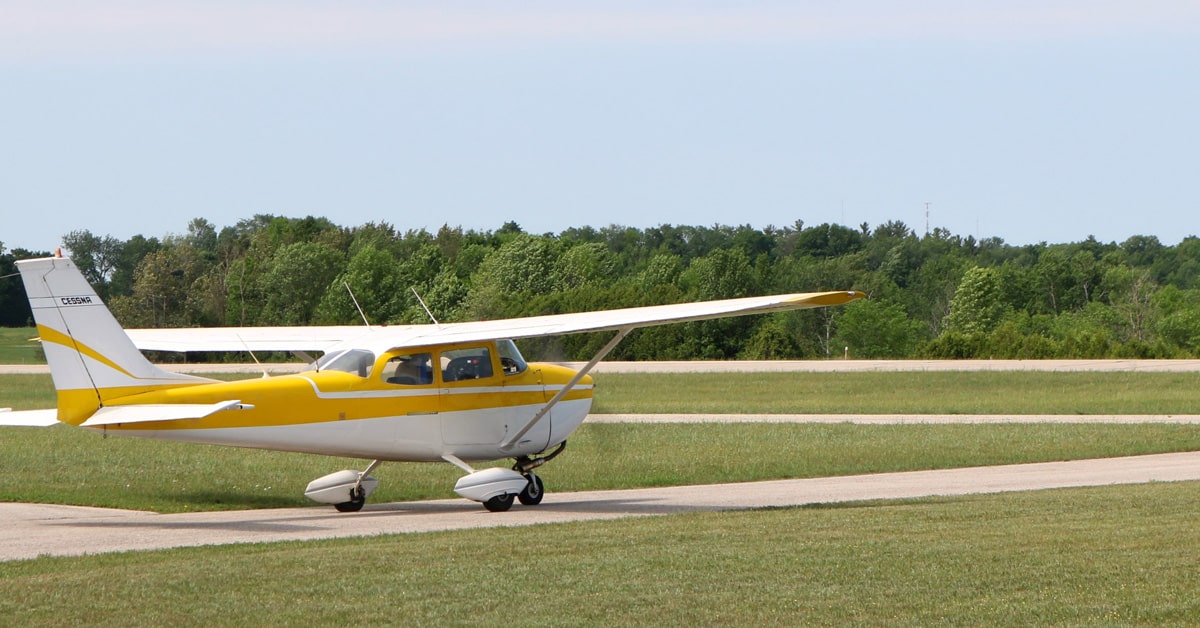This week kicks off airshow and fly-in season with SUN ‘n FUN International Fly-In and Expo being held in Lakeland, FL. The event began on Tuesday and will conclude on Sunday with the mass exodus of hundreds of general-aviation aircraft. In advance of this year’s fly-in season the National Transportation Safety Board has issued a safety alert (SA-053). The NTSB occasional issues these Aviation Safety alerts as well as videos in an effort to improve safety while providing safety related suggestions to the aviation community. If you plan on attending any fly-in’s this season I would highly recommend you take the time to read through SA-053, aptly titled “Arriving at a Major Fly-In Event? Keep your focus on safety”.
Also, if you are not already aware most fly-in’s will issue both Arrival and Departure procedures for aircraft in an effort to increase safety and decrease air traffic congestion. These procedures can usually be found on the fly-in’s website. Along with reviewing fly-in procedures it is also imperative that you check NOTAM’s.
Below is an excerpt of SA-053, the full Safety Alert can be viewed by following this link.

The problem
- Arrivals at major fly-in events, such as SUN ‘n FUN and Experimental Aircraft Association (EAA) AirVenture, pose unique challenges for pilots (and air traffic controllers), including extremely high-density traffic, special flight and communication procedures, a rapidly changing environment, and changes to air traffic control (ATC) separation standards.
- ATC standards for such events allow reduced runway separation between aircraft, minimized radio communications between pilots and ATC, and shared control of arrival and departure aircraft on the same runway between different teams of controllers. Thus, pilots can be as little as 1,500 ft behind another aircraft landing on the same runway (typical separation standards require 3,000 ft between aircraft), and ATC may be communicating with arrival and departure aircraft on different frequencies, reducing their ability to assess the traffic situation. Pilots may focus so much on complying with ATC instructions in this challenging environment that they lose control of the aircraft, which can lead to a stall.
- Accidents have occurred when pilots were too slow and stalled, used an excessive bank angle (resulting in an accelerated stall), or overshot the runway (resulting in a cross-control stall) when turning from downwind to base leg or from base leg to final.
- Pilots may not adequately review Federal Aviation Administration (FAA) notices to airmen (NOTAMs) published for the events. These NOTAMs are critical to ensuring flight safety because they contain special operational procedures, including arrival and departure routes, communication procedures, and other crucial safety information.
- The major fly-in event environment, with hundreds or thousands of people watching, may create pressure for pilots to continue an approach that they are uncomfortable with rather than go around. Several preventable loss-of-control accidents have occurred on arrival to such events because pilots have inadvertently exceeded their own performance limitations or those of their aircraft while operating in these unique environments.




